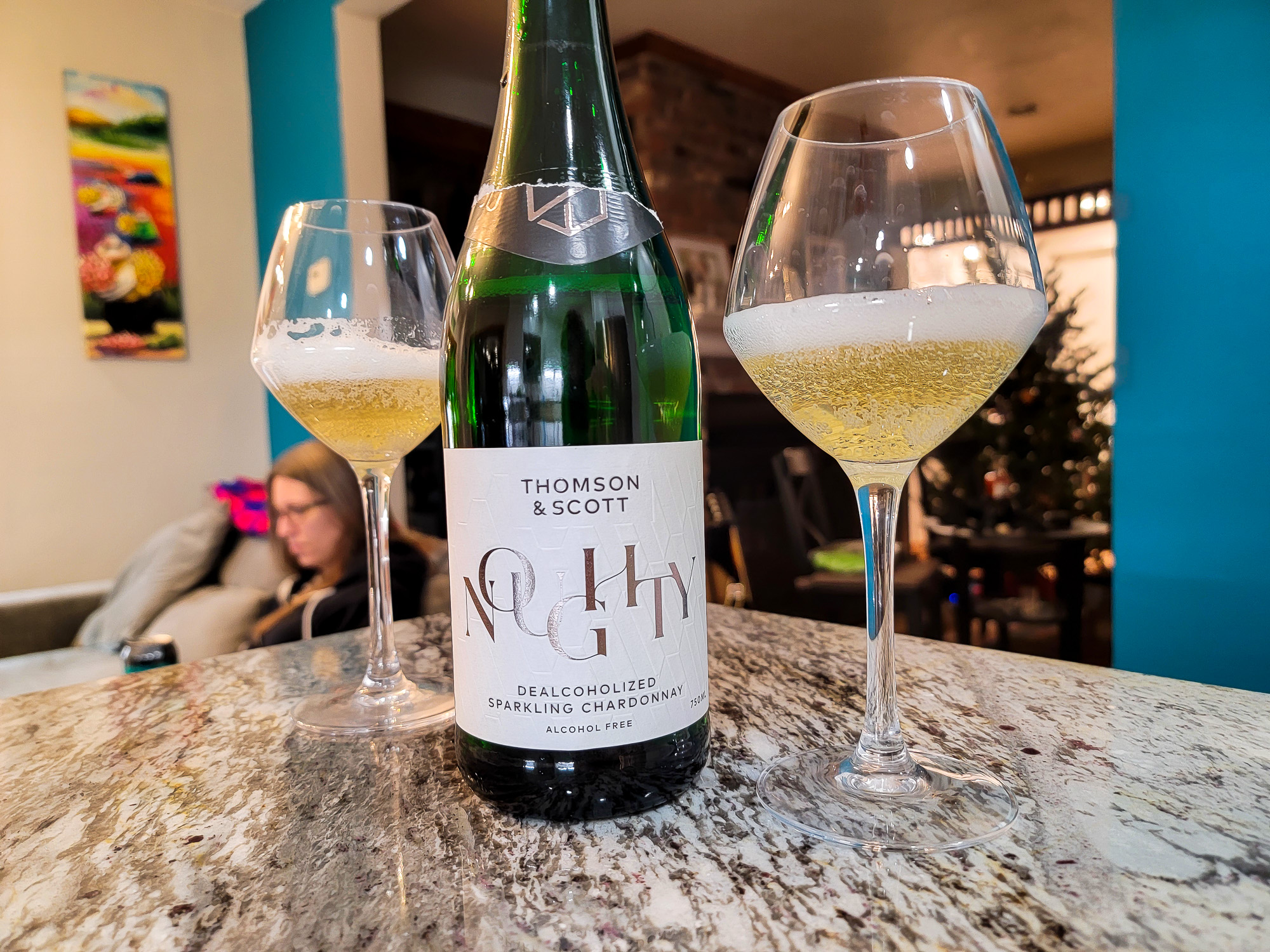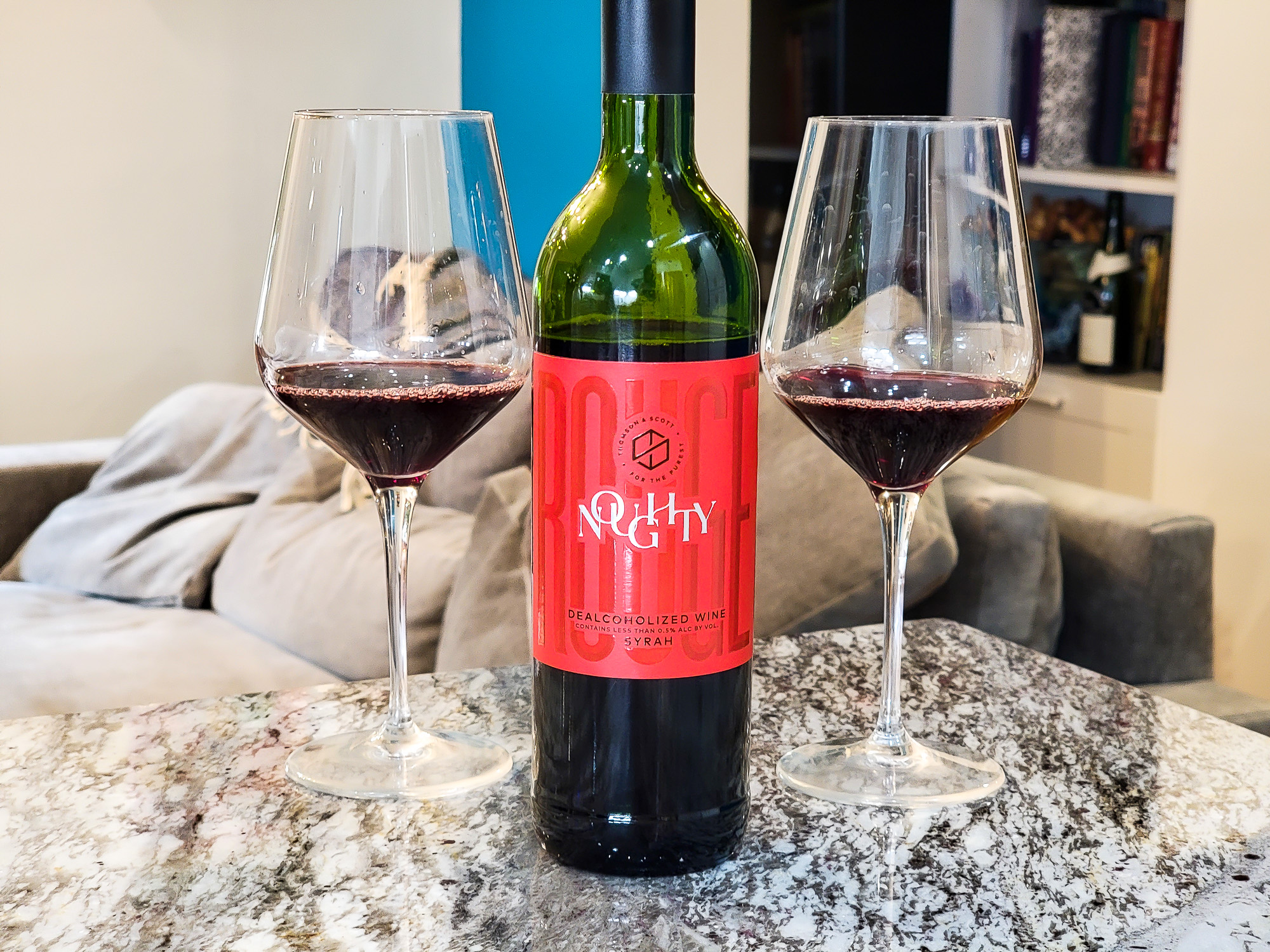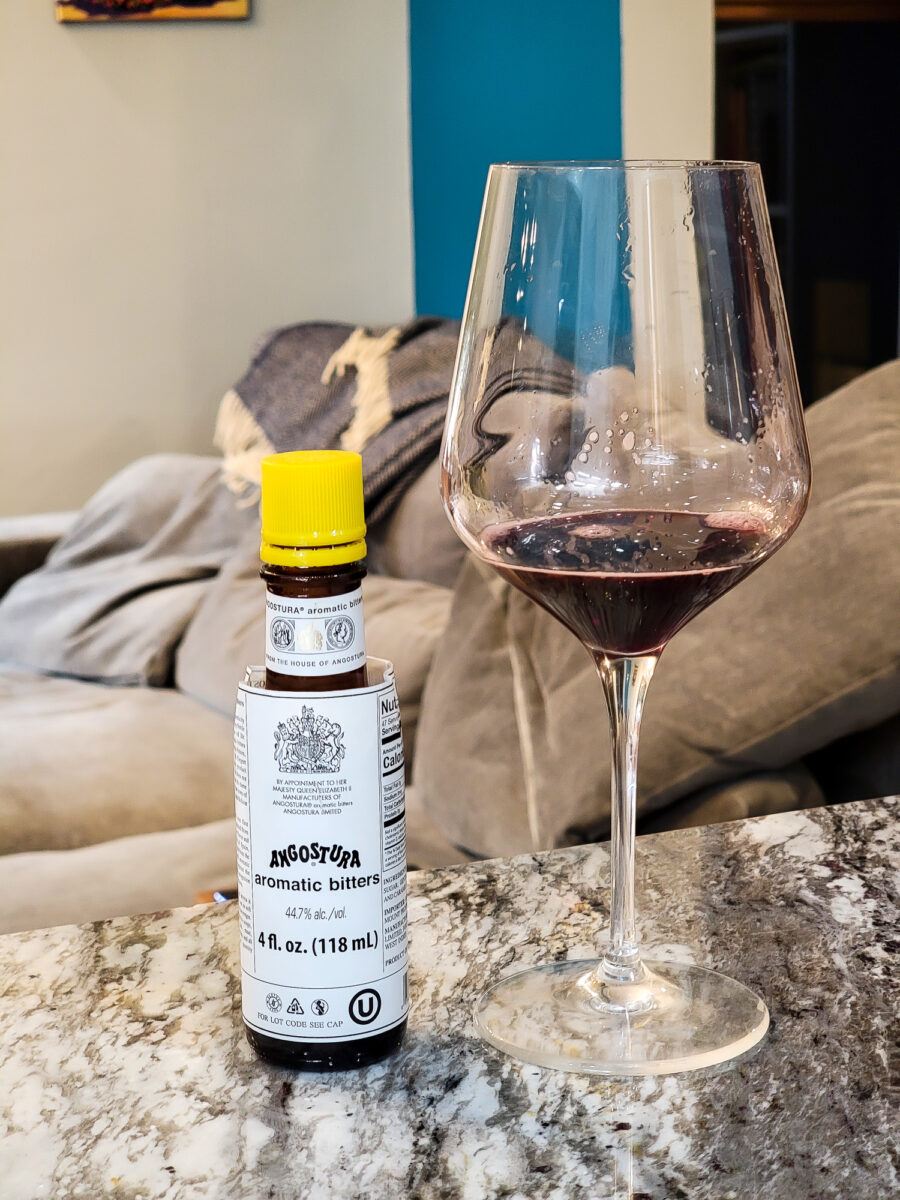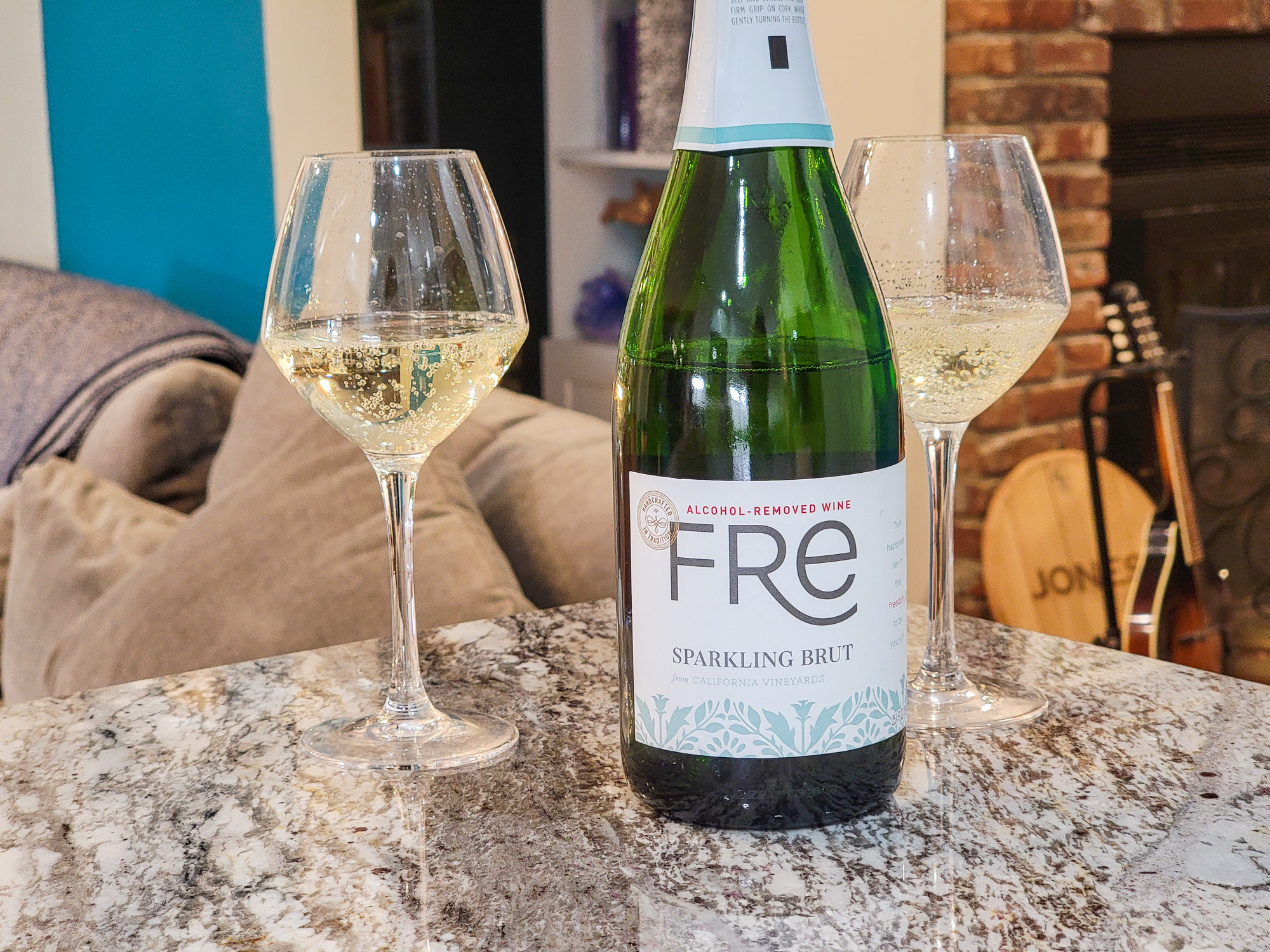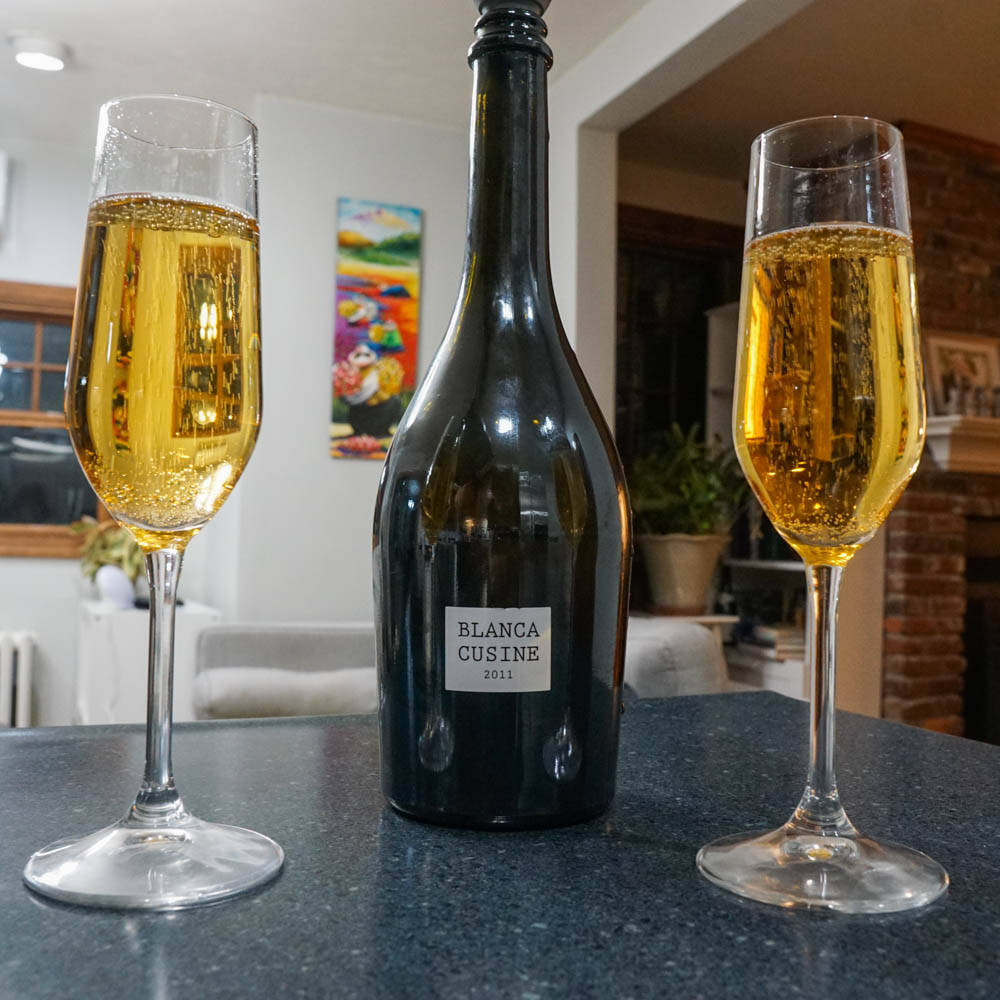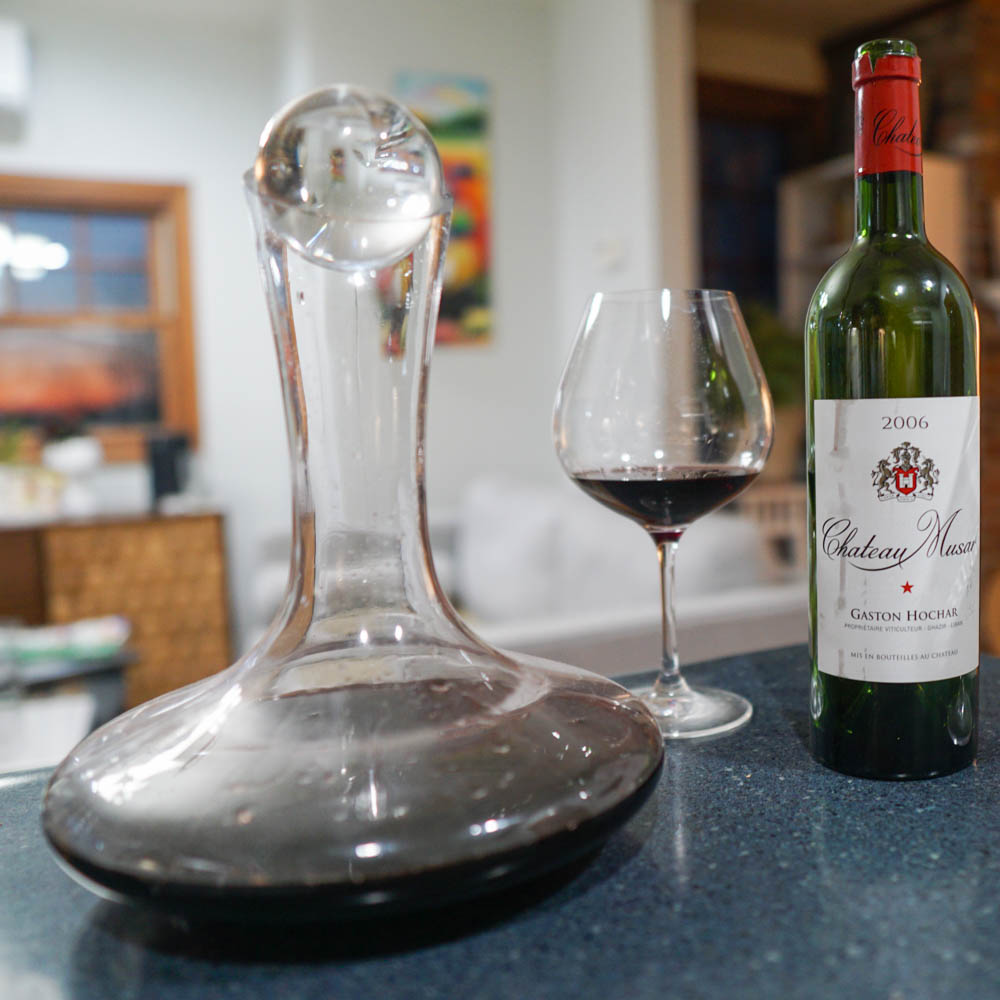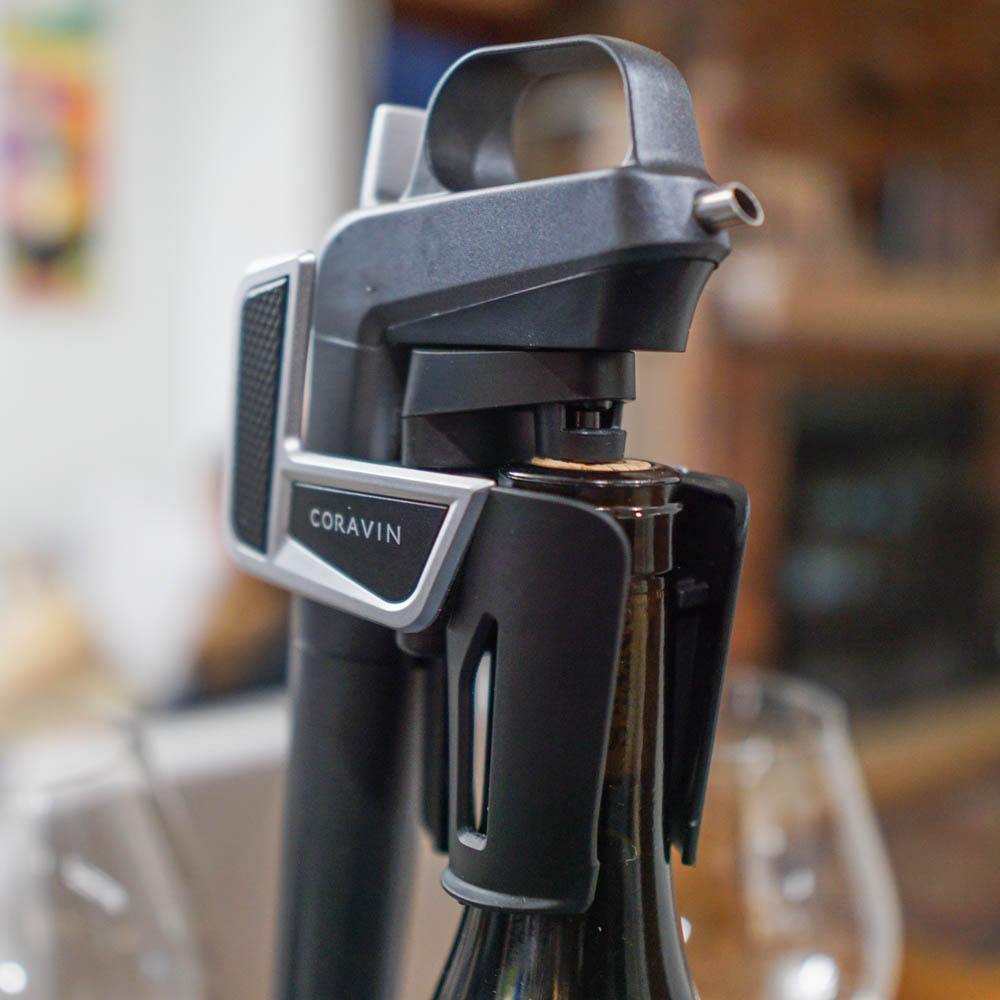Published by Jeremy.
Disclaimers: We use demographic data, email opt-ins, display advertising, and affiliate links to operate this site. Please review our Terms and Conditions for more information. This website is intended for those of legal drinking age in your jurisdiction.
If you are a fan of wine and are looking to enjoy a short (or long) term sobriety, such as Dry January or Sober September, you may be wondering what dealcoholized and nonalcoholic wines are like.
Although the process of how alcohol-free (or mostly free) wines are made varies, the dealcoholization follows a few standard processes that all have similar net end effects.
So in this one, we thought we'd put our chemical engineering hats on for a change and talk about dealcoholized wine- how its made, what to expect, and share a fun little trick we learned to help the wines taste just a bit better.
What is Dealcoholized Wine and How is It Made?
Dealcoholized wine is a blanket term that is used to describe any and all wines where alcohol has been removed via an external process.
There are many pieces of industrial equipment that can remove alcohol, and some of the most common ones are using reverse osmosis and vacuum distillation.
Reverse osmosis is a filtration device that helps separate dissolved compounds in a liquid through a medium (i.e. a filter membrane). Under high pressure, water and alcohol are separated from the wine and potentially other components (color, flavor, acids, etc.) that are adjusted later on.
Vacuum distillation is another process that plays off the fact that ethanol is a volatile compound and will turn to gas at a different rate than water. A vacuum is applied and temperature is adjusted to allow the ethanol to become vapor and is removed. Of course, any other compounds that are in the wine that are volatile and may contribute to the wine's characteristic could also get removed here, too, but this method is generally the more preferred of the two for keeping the wine as true-to-style as possible.
In both of these cases, it is rather difficult to get to 100% removal of alcohol. This is often why dealcoholized wine is labeled as < 0.5% ABV as some ethanol may still be present in the final product either due to inefficiencies of the technique or blending some of of the removed product back in to add flavor and other characteristics for balance/complexity.
There is a third classification of non-alcoholic wine out there, and that is wine that is not dealcoholized but rather blended with ingredients to make a faux wine in taste only. These may or may not be made with grapes, and, while being present without alcohol (and thus have some of the same concerns we will outline below), have a different starting point.
That said, for all of the above processes, there is one topic that should be of the utmost importance to consumers- how does it taste?
What Does Non-Alcoholic Wine Taste Like?
Aside from being an intoxicant, you may likely know that alcohol contributes body to a wine. This is the heft your mouth feels (often described as the “weight on your palate”) in a wine.
In the absence of alcohol, or most of it at least, dealcoholized and nonalcoholic wines have the perception of being light in body, almost watery or juice-like. This is a major issue in nonalcoholic winemaking, and is one without a good solution at this time (pun not intended but, in retrospect, appreciated).
Many winemakers in the nonalcoholic wine space have been experimenting with additives to bring back the impact of body in wine, with two of the most popular either being sugar or glycerins (the latter being commonly made from vegetables and used in non-alcoholic spirits for similar effect).
As you may expect, some nonalcoholic wines with sugars added (like grape must) will, of course, be sweet. This may be fine for some grapes and styles commonly made on the sweeter side, such as sparkling wine, but may be unexpected for those who prefer a more dry style. As the labeling for sweetness levels can be improved upon, it is always worth asking a shop employee whether an NA wine is sweet or not as a first check.
Diving deeper, one set of compounds that is often removed in the dealcoholization process are those that give floral characteristics to the wine like elderflower, honeysuckle, geranium, and the like. This often means nonalcoholic wines have a bit less complexity than their full-alcohol counterparts.
Likewise, alcohol is also a preservative, so non-alcoholic wines are often made, bottled (with screwtops), and sent out for immediate consumption. These often include an expiration date as the lack of alcohol (and often, additional sugar) means that the wines can spoil much quicker. But there is another component that most NA wines also lack that is tangential to this- oak aging.
In our experience, we've never seen a non-alcoholic wine that has been aged in oak, and this, like the floral counterparts, also changes the expected flavors and complexity in a wine. Why would a producer go to all that extra cost and effort to age a wine in oak only to remove the alcohol after the fact? The costs of running dealcoholization equipment is already quite expensive, so expensive secondary aging techniques, like the application of oak (if possible at all), is likely to be minimized.
- Some producers could likely consider adding oak staves or chips to condition the wine on, but in our experience we have not seen this.
What you are often left with is a light bodied wine that may or may not be sweet, with some of the more prominent complexities removed, and food-safe chemicals like grape must or other flavorings (floral, oak, etc) added back in to try and correct some characteristics that consumers may find unpalatable.
Ultimately, while we are not terribly versed in all styles of non-alcoholic wines out there, the common trend we have seen in our limited sampling is simply this- the wines are incredibly light in body, have juice-like characteristics (often with dominant grape juice character), and may or may not be sweet. Your mileage will vary for the particular bottle you purchase, of course.
How to Make NA Wine Taste Better – Add Bitters
When we bought our first few bottles of non-alcoholic wine at a local NA bottle shop, we expressed hesitancy about the wines- particularly for the above reasons.
To our surprise, the shop owner flat-out agreed with us and said these were valid concerns about NA wine. But we were also given an idea on how to make the wine better? Add bitters.
This was a fascinating recommendation that ended up checking a lot of boxes.
First, bitters can run the spectrum of flavors and, as you may guess, can be strategically chosen to add components that are lost in wine. Angostura bitters have strong notes of clove, cardamom, cinnamon, and other spices, which are conveniently the kind of flavors that oak provides (and are notably absent in NA wines). A dash of those in an NA Syrah, for example, really helped bring back a lot flavors we thought were missing.
Have a wine that you think needs more floral notes? Grab an appropriate bitters. Something else missing entirely? Bitters really can be used to adjust minor flavors as you please.
Second, bitters can be comprised of two primary base ingredients- alcohol or a vegetable glycerin. These both contribute to the sensation of body (or mouthfeel), and could potentially, albeit nominally, add a bit more structure into a wine.
We could see the argument here either way. I have to admit that I'm not fully convinced that the body changed too much to my palate when trying this, if only because a couple of drops in a 5-ounce glass of wine may not be much in the grand scheme of things compared to traditional 12-15%+ wines. But I also won't argue if others feel like it does something.
Of course, what base you use may depend on how committed you are to being fully non-alcoholic. But, like the commentary above, even a few dashes of a 44.7% ABV Angostura bitters will do little to change the overall alcohol percentage in a glass of wine.
- Math time: A single dash of bitters may be about 1 mL, which in a 150 mL pour of 0.5% NA wine may increase the alcohol to just 0.8%, two dashes may push it to 1%, and so on. Other bitters may come with much finer droppers than Angostura, and would have even less of an impact.
But there was one thing that bitters did not do that is also important to note. It likely does not mask any sugar, grape must, or other ingredients added to the wine. That NA Syrah that we added Angostura to did get better, we'll admit, but the strong grape flavor we got out of it still remained and was hard to ignore. The same would be true for other wines where sugars are added as a substitute for body.
So while bitters can be good for improving the characteristics of non-alcoholic wine, it may do little to mask some of the common pain points that drinkers have with the bottles all the same.
Overall, although nonalcoholic drinks are rising in popularity, especially during abstention months like Dry January or Sober September, the wine market has been slow to jump on the bandwagon. There may be many reasons for this, but as of now options are limited, albeit growing yearly, and have some interesting nuances that you may not expect. Go into this one prepared, have an honest discussion with any bottle shop employee, and you'll be on the right track.
NA Wine Reviews
For a selection of some of our non-alcoholic wine reviews, check out the following:
What do you think of non-alcoholic wines? Have you found a bottle you enjoy? Comment below to share!
Upgrade Your Home Wine Bar
Need to upgrade your wine bar? Grab some new wine accessories:

